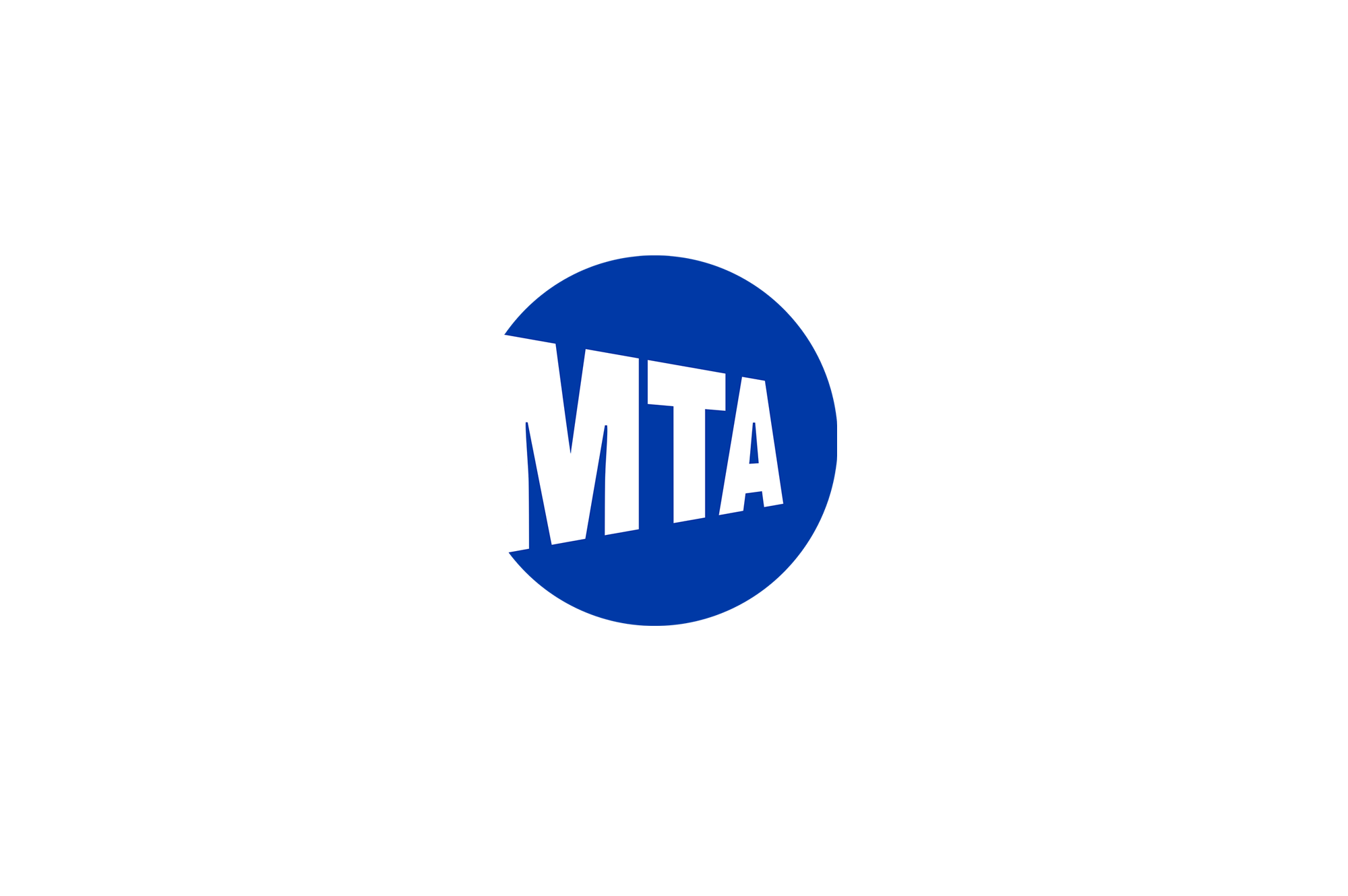BLOG
Mobility Series: Enabling Workforces with Blended Learning
Global public transportation workers require blended learning strategies to keep up in this digitally transforming world.

Global public transportation workers require blended learning strategies to keep up in this digitally transforming world.

The main goal of any public transportation agency is moving people safely and effectively. This requires a highly skilled workforce and solid infrastructure. Running parallel with this goal comes the real-time challenge of attracting, training and retaining workers. Supporting comprehensive onboarding and upskilling for workers to ensure continued success means keeping pace with emerging technologies.
The development of academy-style blended training programs focuses on building a culture of learning. The return on this investment brings value to many areas of running complex public transportation networks. This includes a safer workforce, more effective maintenance processes, improving repair versus replacement metrics, higher rolling stock utilization and reducing costs with the added benefit of engaging intergenerational workforces. Reports show that transit agencies who are upskilling and reskilling their employees with sound learning strategies, and blended learning programs, are also the ones finding returns on their investments into continued growth.
Adapting to our changing environment requires an entirely new skillset for the modern worker. Follow along in the first of our mobility series for strategies on how a blended learning program brings content to life, increases productivity, results in faster onboarding, and delivers annual cost savings that continue to deliver year after year.
Blended learning, also known as hybrid learning, is an approach to workplace training that combines Instructor-Led Training (ILT), eLearning, mobile learning, and On-The-Job (OJT) training elements. Learning programs are considered blended with a simple combination of two or more of these elements.
Blended learning comes in many shapes and sizes, and adds a layer of human touch to accommodate modern learner expectations. It also addresses the needs of social distancing in a remote world by covering Virtual Instructor-Led Training (VILT), online synchronous and asynchronous learning, self-paced learning, microlearning, and performance support options. Other distinct advantages of blended learning include rapid content authoring, rolling out your online training faster, and easily updating your information.
Integrating a blended learning approach as a major part of your workforce development does more than offer your learners more control over their learning. It also reduces your meantime to productivity, offers better retention of best practices to improve safety culture and reduce incidents, and creates a competitive edge in your industry.
There are many thoughts about what blended learning specifically does, such as classroom training followed by eLearning, or using technology for the classroom where learners use their smart devices to answer a quiz. While both are strong examples of educational technology, digitally transforming your workforce takes a much more strategic approach.
In a nutshell, blended learning uses online and offline activities to cover different aspects of the same training topic, and supplements it with performance support tools. Arguably taking the world by storm right now, blended learning affords your organization uninterrupted training that combines both human interaction and self-paced learning. It also offers an added layer of customized training content that saves you time and costs normally associated with traditional learning programs.
Successful blended learning addresses talent needs and provides solutions for training and development. Face-to-face conversations are now replaced with virtual presentations. This has affected how we do our jobs and adapting to this shift in our changing environment is requiring an entirely new skillset.
Many business models are now obsolete or changed forever in the new normal. By designing new learning frameworks, you encourage self-paced learning, and open up opportunities to lean into the learning conversation with coaching and feedback to increase productivity levels.
For most transit agencies, ridership growth in 2020 ran to a standstill and investment was non-existent. Although this included career growth as countless roles were reduced or furloughed with limited opportunities for advancement, this gap expects to be filled as professionals return to work and make up for the lost time. Provide them with clear and flexible learning paths for a roadmap that drives employee growth.
Instructors and learners have a symbiotic relationship in an effective learning environment. Every instructor should have a facilitator guide, which can save them a lot of grief. Training instructors in the use of the learning platform is imperative. They should master the use of communication with participants, work with groups and individuals, be familiar with polls and surveys, and switch from one modality to another. An instructor must be comfortable with all the programs they are using, so they should receive technical training and support to ensure their teaching flows smoothly.
Both the instructors as well as the learners should be well-prepared. They should expect to receive all communication about course expectations and login information prior to the start of instruction. This message should also remind the learners to test their equipment before the session begins.
New technologies and processes are constantly evolving and require employees to develop new skills to handle changing roles. A report from the World Economic Forum estimated that emerging technologies will potentially displace 75 million jobs by 2022. What gets missed in this report is that those very same technologies will create 133 million new roles.
By using technology as a conduit, nimble and agile companies can face these changes by adapting to our brave new world and building skills for leaders, managers, and workers at all levels.
Be sure to watch out for the next installment of this series explaining the different types of formats, and three prerequisites to keep in mind when adding it to your academy-style training program.
Want to know more about how we can deploy blended learning solutions globally to most countries and in most languages? Connect with one of our experts today to learn more.
Or read our Blended Learning White Paper!
We develop digital knowledge solutions. Our team makes heroes of learning and development professionals. We improve workspace experience (and lives) across the globe, with better learning.




















